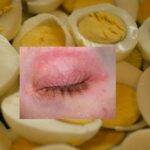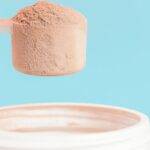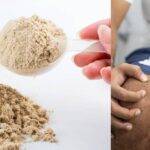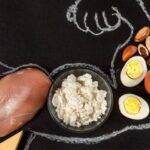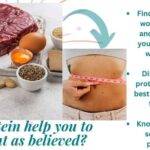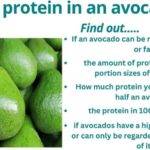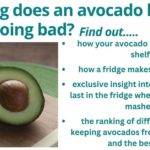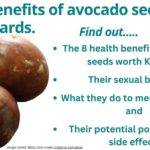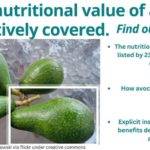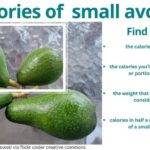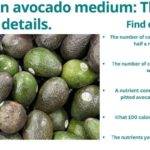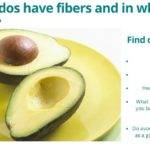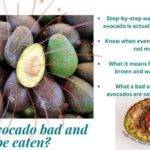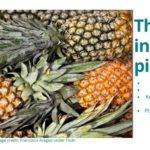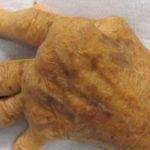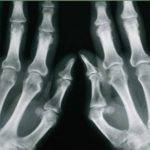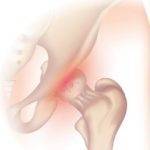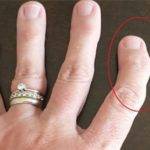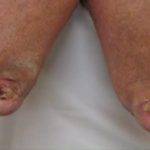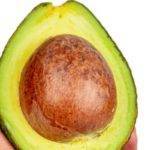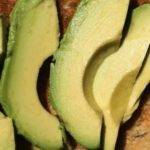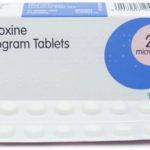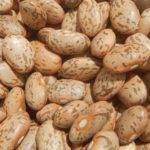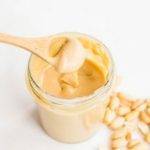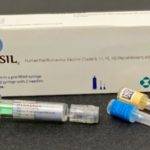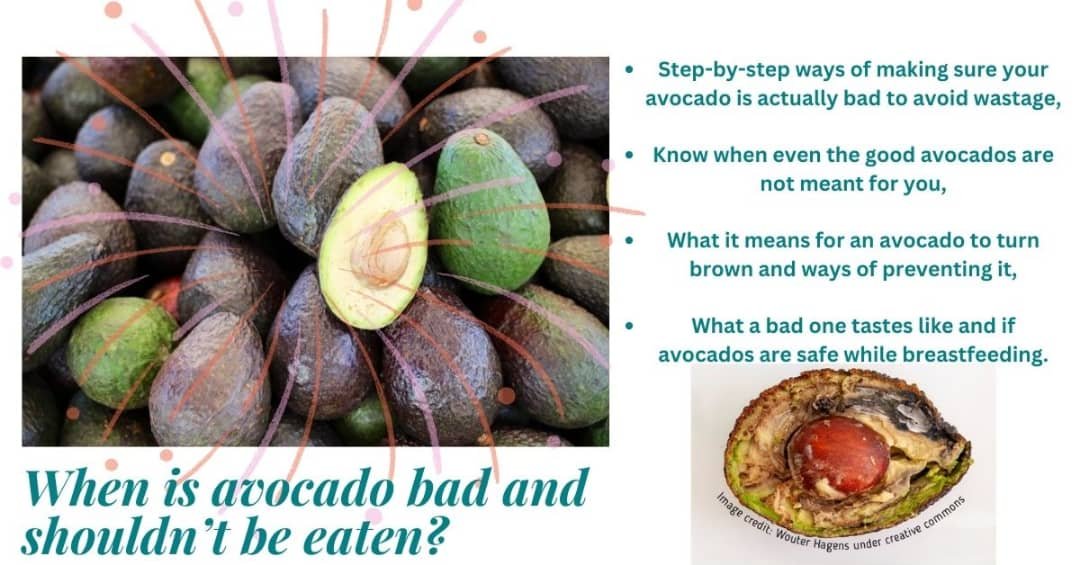
Table of Contents
Despite their numerous health and nutritional benefits, avocados can be bad for you for three reasons. The first is when they go rotten which makes them unsafe to eat. The second reason is when you are allergic to them and the third is when you are on medications with a high risk of unwanted drug-food interaction.
“When is avocado bad” is a question whose answer often comes through experience for those who are allergic to it while those on blood thinners usually find out by word of mouth.
When is avocado bad to eat?
Avocados can be overripe yet good to eat or used in several other ways. They are bad to eat only when they turn rotten. Rotten avocados are mushy or pulpy, quite moldy, with a sour or rancid taste and smell. They may also have fibrous flesh depending on the degree of decay.
The ones that have been cut open and left uneaten for a while can turn brown yet edible. Coloration cannot be used in isolation to judge a bad avocado from a good one that can still be eaten. Avocados start turning brown when they are cut and exposed to the air due to oxidation. This is similar to how apples get discolored when cut and left exposed to the air.
However, if you cut one for the first time and the flesh is already brown or even black, you can be sure it’s already bad to be eaten though avocados are rarely a complete waste. This is because research found that food-grade ingredients can still be extracted from such wastes.1
There are times a part of an overripe avocado may have started to rot but some other parts could still be salvageable. You only have to cut off the bad parts of the fruit or eat around them. However, never eat a rotten avocado to avoid getting sick from them.
Rotten or bad avocados are better discarded but refrigeration will reduce the frequency of such wastage because cold temperatures slow the ripening and decay processes.
How to know when an avocado is bad.
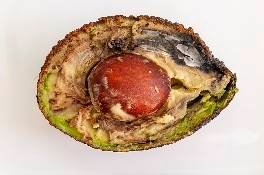
Image credit: Wouter Hagens, under Creative Commons.
Avocados can surprise you with how fast they go bad. This has led to wastage most people can relate to as what separates an unripe one from an over-ripe fruit may just be a couple of days. They start ripening the moment they are plucked from the tree. Here are a few checks that’ll help you know when avocado is bad.
1. Feel for firmness: This is one of the easiest checks you can do even before buying the fruit. With it, you can tell an unripe fruit from a ripe, over-ripe, and probably bad one. You’ll need to hold the avocado in your palm and squeeze gently. If the fruit appears hard and unyielding it’s unripe.
One that yields slightly must be ripe. A fruit that yields quickly leaving a permanent dent is over-ripe and probably bad.
2. Color and texture: When cut open for the first time, a freshly ripe avocado should be light green. If it has already turned black or brown, then it must be bad and rotten. Secondly, depending on the degree of decay, a bad avocado may have a fibrous or stringy texture.
There are times when the discoloration happens in only one part of the fruit while other parts remain fresh and edible. This may be due to a penetrating external bruise on the fruit before ripening. You may cut off the bad part and enjoy the rest of your fruit.
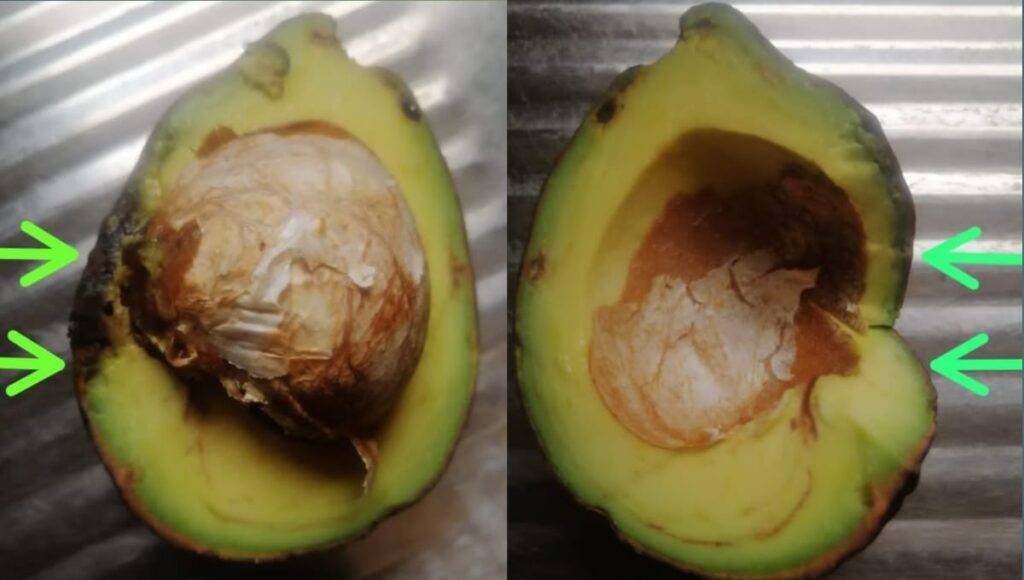
3. Mold: An avocado with a dented exterior and a visible external mold is rotten.
4. Odor or smell: A rancid or sour smell is strongly suggestive of a bad and inedible avocado fit only to be discarded if you don’t want to get sick by it.
5. Shape: An avocado that is so soft that it has lost its shape from dents is probably bad already.
6. Taste: A bad avocado will certainly lose its rich creamy taste you know it for. Do this only when you are still in doubt after running through the above checks. This may also make sense when parts of the fruit appear to be good despite the discoloration of other parts. Taste only the part you feel might still be edible.
What does a bad avocado taste like?
Avocados are non sugary fruits so never expect sweetness if you are taking it for the first time. However, one with a sour or rancid taste is bad. Oftentimes, you don’t have to taste it to tell a bad fruit from a good one because it’ll usually smell as bad as it tastes apart from other signs listed above.
A bad one could smell and taste rancid because the good fruit contains a reasonable amount of healthy lipids.
Keep in touch by signing up for our newsletter:
When is avocado bad for you?
Any fruit that has gone bad is bad for everyone including you. An avocado may look unpleasant yet remain edible but following the checks highlighted earlier will help you figure out a bad one.
A rotten avocado fruit is certainly bad for you and can easily be seen by the smell, feel, color, taste, and texture. A couple of other reasons can make avocados bad for you like medications and allergic reactions as listed in an earlier article.
Is avocado bad when it turns brown?
An avocado that has turned brown may be bad or still good depending on the cause of the browning or the point at which the browning was discovered.
Firstly, an avocado that turned brown after cutting and exposure to air may no longer look as nice but it could still be good and edible. This is because the browning happens as a result of an oxidative process on exposure to air.
Secondly, if an uncut avocado was discovered to be brown at the time of cutting it open for the first time, it is most likely bad and shouldn’t be eaten. Often such fruit will be found to be consistent with other signs of a bad avocado as listed above such as being mushy and sour-smelling.
What stops avocados from turning brown?
Browning of a ripe avocado may not be stoppable but could be delayed by good storage. Refrigerating a ripe avocado will prolong its shelf life and keep it fresh for 1 to 3 days. This depends on the extent it had ripened at the time of storage.
If your avocado was about getting over-ripe you may find it better to get it mashed and frozen instead. It will last a couple of months longer when frozen.
For an avocado that has already been cut before storage, sprinkling some lemon juice on the surface of the exposed flesh before storage will hinder the oxidative process that results in browning.
Another option is to place the avocado in a container half-filled with water. The exposed fleshy portion should be placed facing down inside the water before storing it in a fridge.
Is avocado bad when breastfeeding?
No, avocados provide nutrients that pass on from breastfeeding mothers to infants. They are excellent sources of fiber that enhance digestion in a breastfeeding mother. Digestion is what makes it possible for the mother to absorb nutrients from the food she eats which then pass on to her baby via breast milk.
Avocados have also been found to be helpful in the provision of the dietary needs of toddlers and infants so much so that they have been recommended for inclusion in the dietary recommendations for complementary feeding. (source)
- Araújo, R. G., Rodriguez-Jasso, R. M., Ruiz, H. A., Pintado, M. M. E., & Aguilar, C. N. (2018). Avocado by-products: Nutritional and functional properties. Trends in Food Science & Technology, 80, 51-60. https://doi.org/10.1016/j.tifs.2018.07.027 ↩︎





